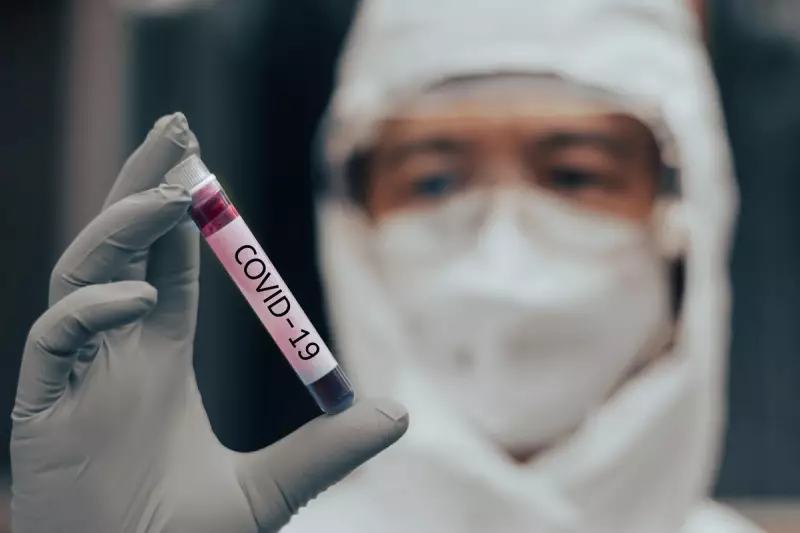
In a startling medical breakthrough that could explain the persistent and debilitating symptoms of long COVID, researchers from Université Paris Cité have uncovered the precise mechanism through which the SARS-CoV-2 virus wreaks havoc on human blood vessels.
The Hidden Vascular Battle
The comprehensive study reveals that coronavirus particles directly attack the endothelium – the critical single-cell layer lining all blood vessels throughout the body. This assault triggers catastrophic damage far beyond initial respiratory symptoms, potentially explaining why many recovered patients continue to experience mysterious health issues months after infection.
Micro-Clot Mayhem
Scientists discovered that as the virus infiltrates endothelial cells, it initiates a dangerous chain reaction: widespread inflammation, cellular dysfunction, and the formation of microscopic blood clots that can travel throughout the circulatory system. These micro-clots may be responsible for the diverse and persistent symptoms that characterize long COVID.
Beyond Respiratory Damage
Professor of Vascular Biology, who led the research team, emphasized the significance: "Our findings demonstrate that COVID-19 is fundamentally a vascular disease that manifests with respiratory symptoms. The virus doesn't just attack the lungs – it compromises the entire network of blood vessels that nourish every organ in the body."
Long COVID Implications
The research provides the first concrete evidence explaining why long COVID patients experience such varied symptoms including chronic fatigue, brain fog, cardiovascular issues, and neurological problems. The widespread vascular damage affects oxygen delivery and nutrient transport to vital organs, creating systemic dysfunction that persists long after the initial infection clears.
Treatment Breakthroughs Ahead
This groundbreaking discovery opens new avenues for treating both acute COVID-19 and long COVID syndrome. Researchers are now investigating medications that could protect endothelial cells during infection and repair vascular damage in recovered patients, potentially offering hope to millions suffering from persistent post-COVID symptoms.
The study, published in a leading medical journal, involved comprehensive analysis of blood samples from both acute and recovered COVID-19 patients, combined with laboratory experiments showing how the virus directly interacts with human blood vessels.





